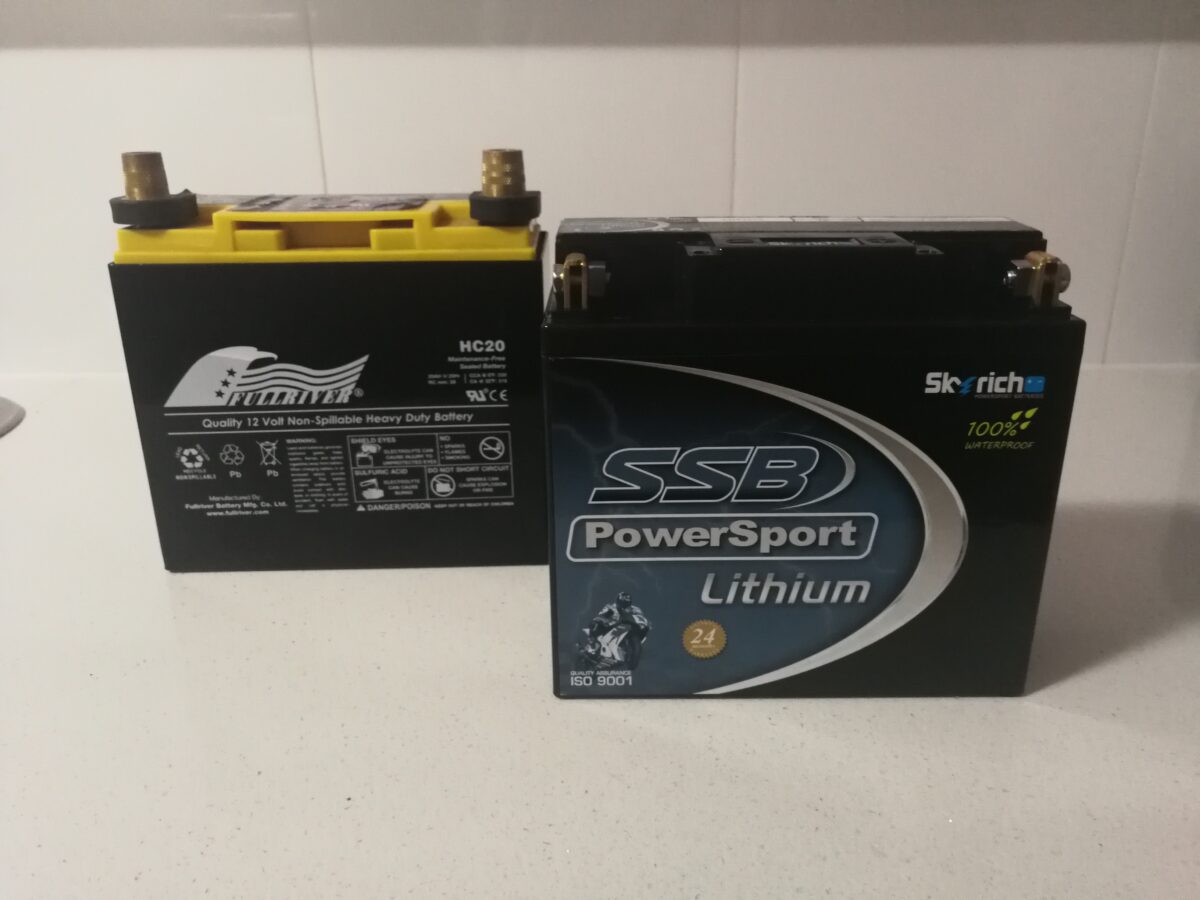
In part one of our weight loss journey, we successfully shed around 120kg of weight in race trim. But we weren’t satisfied, and we set a more ambitious goal of 150kg. Now, in part two, we’ll reveal the steps we took to make this dream a reality.
A Serious Commitment to Weight Reduction
Over the summer break, we dedicated ourselves to achieving our target weight reduction. No longer content with simply removing parts, we delved deeper into the process, taking on more challenges. However, we still wanted to maintain a full interior, which posed an additional limitation.
Stage 2: The Breakdown
Here’s the breakdown of the weight-saving modifications we made in stage 2:
Replacing the Test Pipe: Shedding Kilograms
First, we replaced the Invidia stainless test pipe with a BYP titanium test pipe. The Invidia test pipe weighed 1.7kg, while the BYP titanium test pipe weighed only 800g. This simple swap alone saved us 0.9kg.
Lighter Battery, Lighter Load
We swapped out the HC20 lightweight battery for an SSB lithium battery. The HC20 battery, with its old terminals, weighed 8.1kg, while the SSB lithium battery weighed a mere 1.7kg. This change freed up 6.4kg.

Removing Excess: Stereo and Airbag
Next, we removed the stereo system, including the head unit, stock AP1 speakers, and iPod with associated cords, saving us 3kg. Additionally, we removed the passenger airbag and bracket, reducing the weight by 3.5kg. These changes not only lightened the load but also created more space in the interior.
Boot Well and Boot Arms: Out with the Old
We removed the rear boot well, which weighed 2.95kg, and replaced it with an aluminum sheet weighing 450g, resulting in a 2.5kg weight reduction. We also replaced the OEM boot arms and lock system with aerocatches, shedding 2kg.
JDM Rear Reo and Gutted Stock Bonnet
For even more weight reduction, we replaced the AUDM rear reo with the JDM version, saving 3.4kg. Additionally, we gutted the stock bonnet and used aerocatches instead of the factory latch system, resulting in a weight reduction of 2.7kg. These changes not only made the car lighter but also improved its aesthetic appeal.
Swiss Cheese Body Panels
To achieve further weight savings, we Swiss-cheesed the body panels. By drilling holes in the doors, bootlid, bumper brackets, and headlight brackets, we managed to shed a total of 4.25kg. While this process was laborious, the results were well worth the effort.
Camber Offset Joints and Brake Shields
Replacing the stock lower ball joints with camber offset joints resulted in a weight reduction of 300g. Additionally, removing the brake shields saved us 1.3kg.
The Results: An Impressive Weight Loss
Altogether, stage two allowed us to achieve a further 31kg of weight loss. With a total weight reduction of 139.7kg for street trim and 155.0kg for track day, our car is truly transforming into a dedicated track beast. The process was challenging and time-consuming, but the end results were absolutely worth it.
As we continue down this weight reduction journey, we can’t help but wonder how much further we can push the limits of our car. Stay tuned for more updates on our ongoing endeavor to create the ultimate track machine.
FAQs
Coming soon…
Conclusion
With each modification we made in stage two of our weight reduction journey, our car became lighter and more focused on track performance. We carefully calculated each weight-saving step, ensuring that it aligned with our goals and maintained the integrity of the car. The transformation has been remarkable, and we look forward to continuing this journey of weight reduction and performance enhancement.
For more car news, visit Car news.